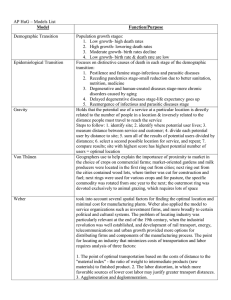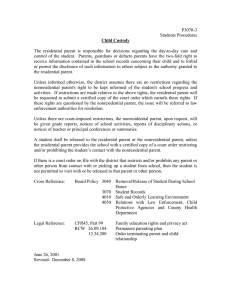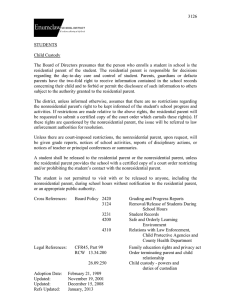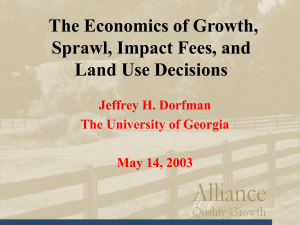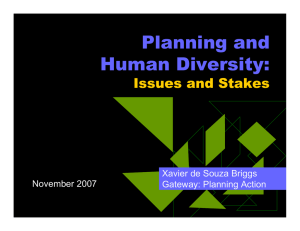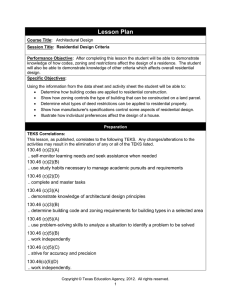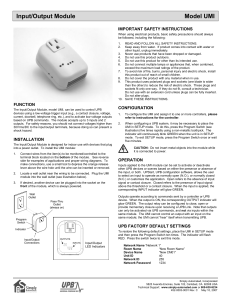6 Session Land Market Monitoring for Growth Management
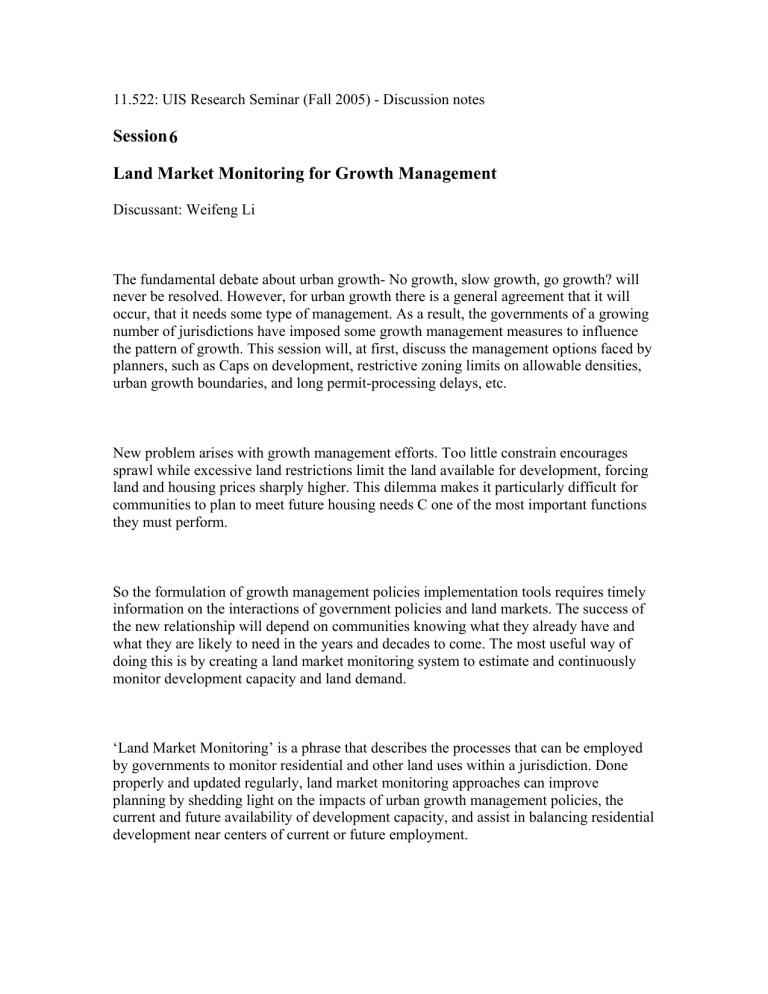
11.522: UIS Research Seminar (Fall 2005) - Discussion notes
Session
6
Land Market Monitoring for Growth Management
Discussant: Weifeng Li
The fundamental debate about urban growth- No growth, slow growth, go growth? will never be resolved. However, for urban growth there is a general agreement that it will occur, that it needs some type of management. As a result, the governments of a growing number of jurisdictions have imposed some growth management measures to influence the pattern of growth. This session will, at first, discuss the management options faced by planners, such as Caps on development, restrictive zoning limits on allowable densities, urban growth boundaries, and long permit-processing delays, etc.
New problem arises with growth management efforts. Too little constrain encourages sprawl while excessive land restrictions limit the land available for development, forcing land and housing prices sharply higher. This dilemma makes it particularly difficult for communities to plan to meet future housing needs C one of the most important functions they must perform.
So the formulation of growth management policies implementation tools requires timely information on the interactions of government policies and land markets. The success of the new relationship will depend on communities knowing what they already have and what they are likely to need in the years and decades to come. The most useful way of doing this is by creating a land market monitoring system to estimate and continuously monitor development capacity and land demand.
‘Land Market Monitoring’ is a phrase that describes the processes that can be employed by governments to monitor residential and other land uses within a jurisdiction. Done properly and updated regularly, land market monitoring approaches can improve planning by shedding light on the impacts of urban growth management policies, the current and future availability of development capacity, and assist in balancing residential development near centers of current or future employment.
This session will concentrate on the role that information technology can play in a land market monitoring program providing some cases in different perspectives and how the advancements in planning technologies, such as GIS and RDBMS, can enable communities to improve the practice of urban growth management.
Please read the articles below and consider the following questions to discuss on Tuesday.
Discussion questions:
1.
To what extent do different growth management approaches really restrict the amount, pace, or location of growth? To what extent are the resulting supply restrictions reflected in land and housing price?
2.
How do you think of the growth management- land and housing price interaction?
Whats the main reason?
3.
Is land market monitoring the only way to balance growth management efforts? What else?
4.
What differences can information knowledge make to better understanding of the land markets?
5.
How can the overall structure, as well as specific tools, shown in the UMI project be used in land market monitoring?

